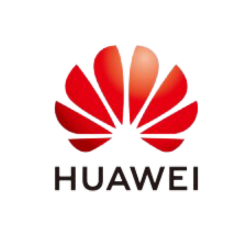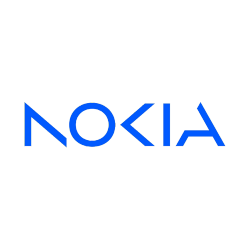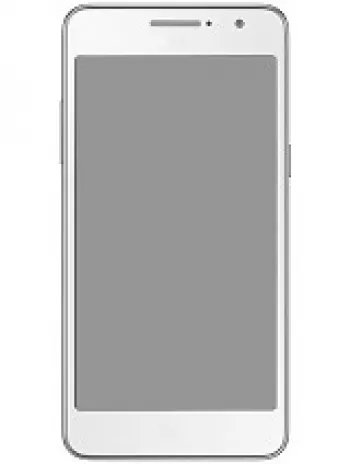
Network Technology
The Sony Xperia M Ultra supports a range of network technologies, including GSM, HSPA, and LTE. This allows for extensive compatibility with various mobile networks worldwide, ensuring users can stay connected in most regions. The device provides network speeds of HSPA 42.2/5.76 Mbps and LTE (2CA) Cat6 300/50 Mbps, which offers fast and reliable internet connectivity.
Launch and Cancellation
Originally announced but never officially launched, the Sony Xperia M Ultra was unfortunately cancelled before reaching the consumer market. Despite the cancellation, the proposed specifications of the device have garnered significant attention and discussion among technology enthusiasts.
Body and Design
The design details of the Sony Xperia M Ultra remain largely unspecified, with no precise dimensions or weight disclosed. The phone was planned to support a Nano-SIM slot, aligning with the compact and efficient design strategy.
Display Quality
The Sony Xperia M Ultra was set to feature a 6.0-inch IPS-NEO LCD display with a resolution of 1080 x 1920 pixels, resulting in a pixel density of approximately 367 ppi. This configuration was aimed at delivering sharp, vibrant visuals with a wide viewing angle. The screen was also protected by scratch-resistant glass, ensuring durability against everyday wear and tear.
Operating System and Performance
The device was to operate on Android 6.0 (Marshmallow) and be powered by a Qualcomm MSM8976 Snapdragon 652 chipset. This chipset comprises an octa-core CPU (4x1.8 GHz Cortex-A72 & 4x1.4 GHz Cortex-A53) and an Adreno 510 GPU, providing a balance of performance and efficiency suited for multitasking and high-performance gaming.
Memory and Storage
With 32GB of internal storage and 3GB of RAM, the Xperia M Ultra was poised to offer sufficient storage and efficient app performance for the everyday user. It also included a microSDXC card slot, allowing for expandable storage to accommodate additional data and files.
Camera Capabilities
The highlight of the Sony Xperia M Ultra was its camera technology. The main camera featured a 23 MP sensor with PDAF, LED flash, HDR, and panorama capabilities, promising exceptional photo quality and versatility. Video recording at 4K@30fps with HDR was also supported, enhancing the phone’s appeal to photography enthusiasts. The front-facing camera offered a 16 MP sensor with wide-angle support, designed for high-quality selfies and video calls.
Audio and Connectivity
The device catered to audiophiles with a 3.5mm headphone jack and a loudspeaker for rich audio playback. Connectivity options were comprehensive, including dual-band Wi-Fi, Bluetooth 4.2 with A2DP, LE, and aptX support, NFC, GPS, GLONASS positioning, FM radio, and a USB Type-C port. These options ensured seamless integration with other devices and easy access to multimedia content.
Sensors and Battery
In terms of sensors, the Sony Xperia M Ultra was designed to include a side-mounted fingerprint sensor, accelerometer, proximity sensor, and a compass. Powering these features was a robust 4280 mAh Li-Ion battery that was non-removable, promising long usage times between charges and supported by Sony’s reputed power management technology.
Design Aesthetics and Color Options
The color variants for the Sony Xperia M Ultra were planned to include Black, White, and Gold, providing potential buyers with options that suit their style preferences. The aesthetic design, combined with its powerful specifications, was set to make it a desirable choice for consumers seeking both performance and elegance.
Conclusion
The Sony Xperia M Ultra, with its unique combination of features and specifications, had the potential to make a significant impact in the smartphone market. Despite the project’s cancellation, the concept of the device continues to resonate with tech enthusiasts and stands as a testament to Sony’s innovation in mobile technology.
Key Features of Sony Xperia M Ultra
- Advanced network support: GSM / HSPA / LTE technology
- Large 6.0-inch IPS-NEO LCD display with scratch-resistant glass
- High-resolution display: 1080 x 1920 pixels (~367 ppi density)
- Powerful Snapdragon 652 chipset with octa-core processor
- Adequate internal storage: 32GB with 3GB RAM, expandable via microSDXC
- Impressive 23 MP main camera with 4K video recording capability
- High-quality 16 MP wide-angle selfie camera
- Comprehensive connectivity options: Wi-Fi, Bluetooth 4.2, NFC, USB Type-C
- Long-lasting 4280 mAh battery
- Side-mounted fingerprint sensor and other essential sensors
- Available in three attractive colors: Black, White, Gold
Disadvantages of Sony Xperia M Ultra
- The device has been cancelled and was never announced, indicating it is not available for purchase.
- Uses an older Android version (Android 6.0 Marshmallow) which may not support the latest apps and features.
- Lacks 5G connectivity, which limits future-proofing regarding network speeds and advancements.
- No detailed information on dimensions and weight, making it difficult to assess portability and form factor.
- Limited internal storage of 32GB might not be sufficient for users who store a lot of apps and media.
- The Snapdragon 652 chipset is outdated, which might affect performance on more demanding applications.
- Non-removable battery limits the ability to replace the battery easily when it degrades over time.
View Also
More Phones
All Rights Reserved +14266 Phones © Mobilawy 2025

























